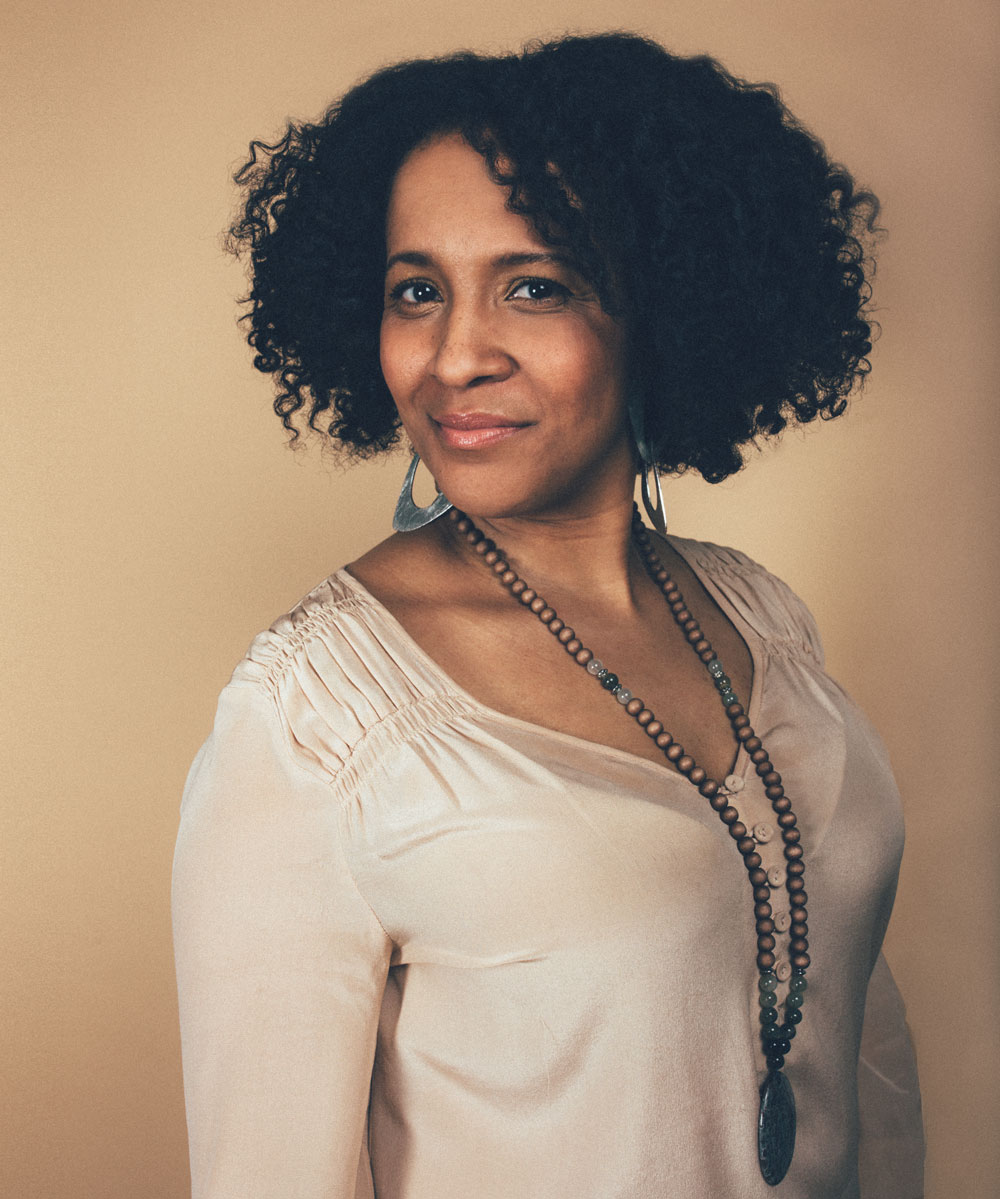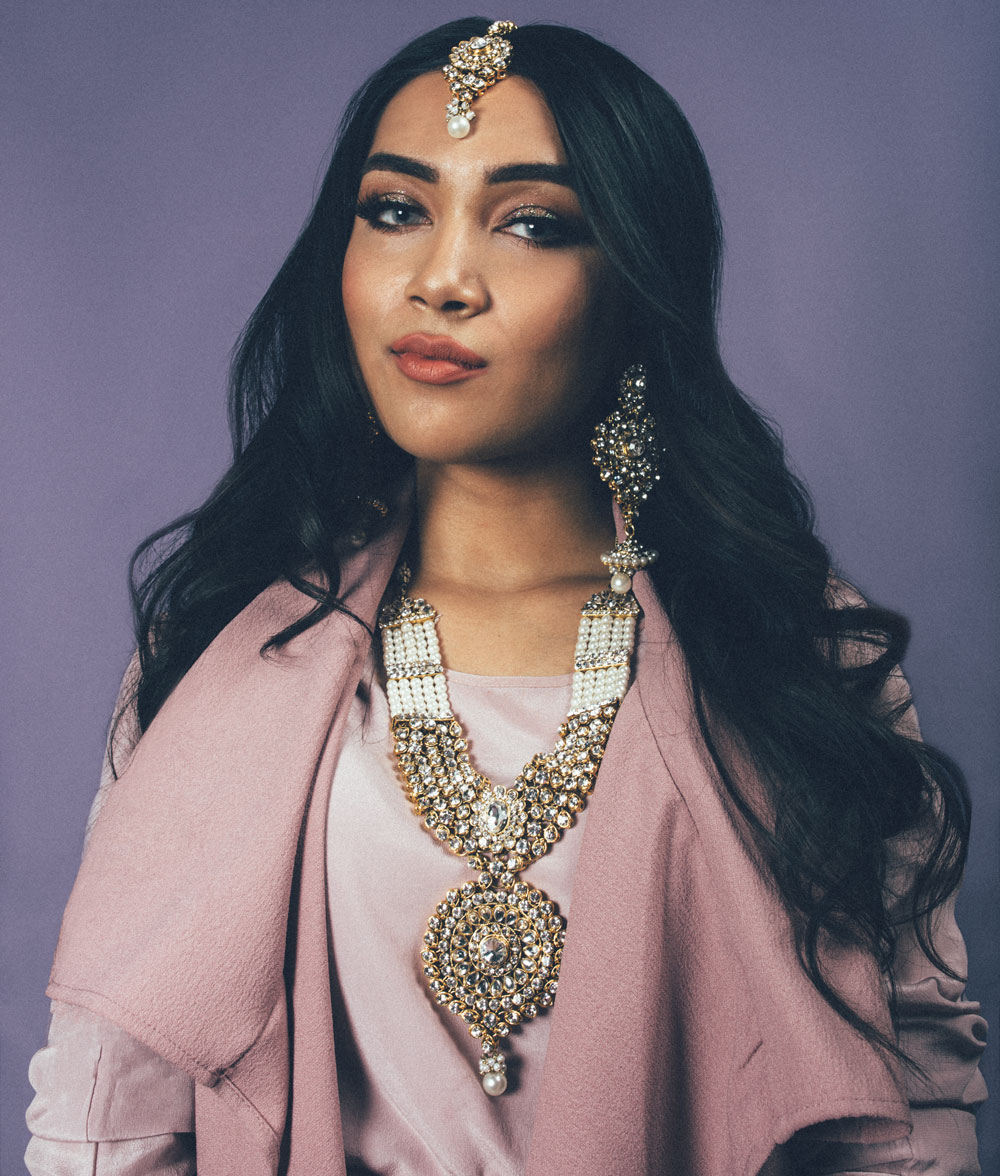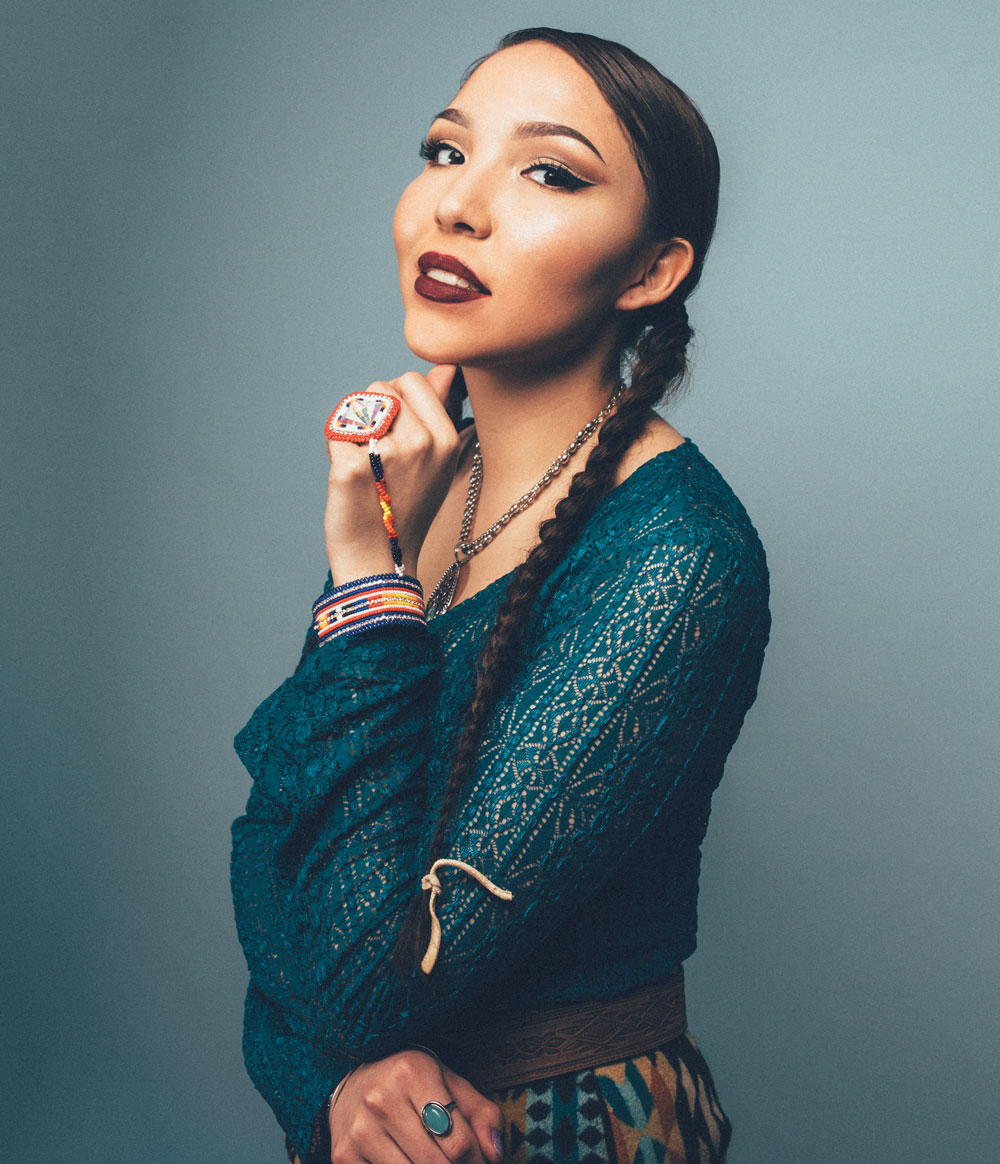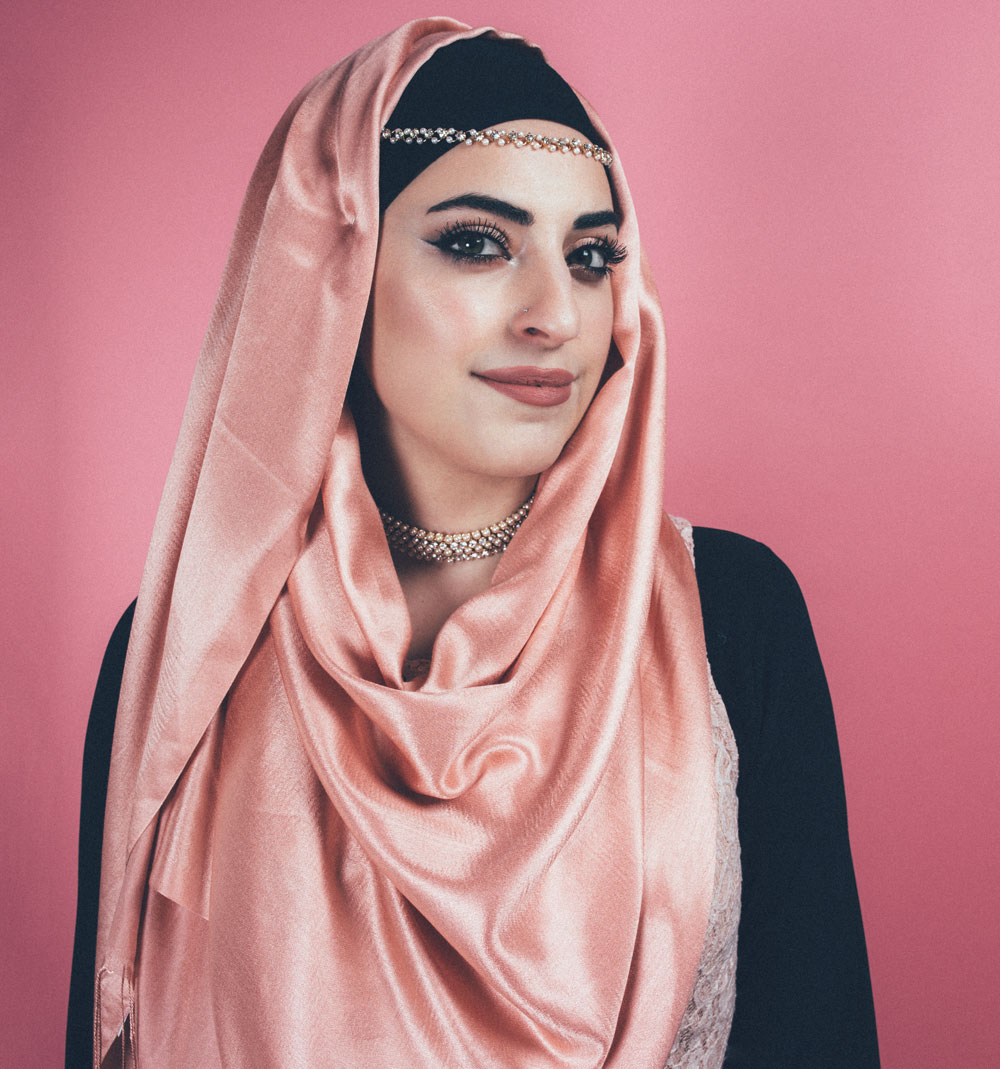
Flight attendant, doula, yoga teacher

“My dad is Caribbean and my mom is white Canadian. The best term to describe who I am is bi-racial. From a very early age, my hair was a problem — as a child I didn’t want to stand out, I wanted the flowing locks of my classmates. So every four to six weeks I got it chemically processed.
“In my 20s I realized that my hair practices weren’t in line with how I wanted to live. It was a huge transition. I did a lot of research online about curls and patterns and natural products. I learned that black hair is beautiful and versatile. I can wear it braided or cornrowed or twisted. Choosing to wear my hair in its natural state comes back to that place of deep self-acceptance. When you’re at peace and in love with your ancestry, it shows.”

Student and colour consultant at Sephora

“Being Bangladeshi 100 per cent influences who I am and how I present myself. When I was younger I was embarrassed to wear desi [traditional South Asian] clothes or when my mom would oil my hair, but as I grew up I realized that if we don’t hold on to our cultural traditions the next generation won’t experience any of it.
“The night before Eid, [a biannual Muslim holiday] we do henna. It’s meant to be beautiful and a celebration. ‘Eid’ means happy — when your hands are full of this beautiful art it automatically makes you happy and excited. Recently I’ve been practicing it on myself; I’m always trying to master the designs and also make it a little more modernized. I’m playing with thinner lines and less curved lines and playing with it in a really personal way.”

2017 Calgary Stampede Indian Princess

“My mom is Blackfoot and Cree and my dad is Blackfoot, Italian and German. I embrace all of it. Blackfoot designs are very geometric and Cree people use a lot of flowers and floral designs; so, in my outfits you can see I’ve put in elements from both sides. When I’m dancing I’ll always wear my hair in braids. It’s something women in my culture have always done.
“When I’m dancing I also really love to paint my face. I’ve always felt like painting my face brings my outfit together and sets me apart from everyone else. I usually do red stripes or white dots. It’s something I’ve always loved about my tradition — I can paint my face and I immediately feel like I belong. It makes me feel beautiful. Wearing your whole regalia is not a costume, you’re not dressing like someone else, you’re showing a different side of who you are.”

Armani Cosmetics advisor at Holt Renfrew

“I’m originally from Palestine and I was born in Jordan. I’ve always been interested in wearing the hijab. Wearing it makes me feel self-respect, respected, strong and responsible to my culture and religion. It’s a reminder every day to open a door for someone, to smile, to say thank you, and sorry and hello, to be kind.
“The way I dress, it is important and that’s why I do what I do with my hijab and my fashion. I have at least 30 different scarves. I always find new ways to style it. It’s like a hairstyle. I love to dress it up, but I keep it simple at work. I’ll wrap it around my neck and pin it, then I add a little bedazzle. By wearing a hijab I’m opening up my heart.”
